Chengqing Li
Recovering Sign Bits of DCT Coefficients in Digital Images as an Optimization Problem
Nov 02, 2022Abstract:Recovering unknown, missing, damaged, distorted or lost information in DCT coefficients is a common task in multiple applications of digital image processing, including image compression, selective image encryption, and image communications. This paper investigates recovery of a special type of information in DCT coefficients of digital images: sign bits. This problem can be modelled as a mixed integer linear programming (MILP) problem, which is NP-hard in general. To efficiently solve the problem, we propose two approximation methods: 1) a relaxation-based method that convert the MILP problem to a linear programming (LP) problem; 2) a divide-and-conquer method which splits the target image into sufficiently small regions, each of which can be more efficiently solved as an MILP problem, and then conducts a global optimization phase as a smaller MILP problem or an LP problem to maximize smoothness across different regions. To the best of our knowledge, we are the first who considered how to use global optimization to recover sign bits of DCT coefficients. We considered how the proposed methods can be applied to JPEG-encoded images and conducted extensive experiments to validate the performances of our proposed methods. The experimental results showed that the proposed methods worked well, especially when the number of unknown sign bits per DCT block is not too large. Compared with other existing methods, which are all based on simple error-concealment strategies, our proposed methods outperformed them with a substantial margin, both according to objective quality metrics (PSNR and SSIM) and also our subjective evaluation. Our work has a number of profound implications, e.g., more sign bits can be discarded to develop more efficient image compression methods, and image encryption methods based on sign bit encryption can be less secure than we previously understood.
Few-shot Fine-grained Image Classification via Multi-Frequency Neighborhood and Double-cross Modulation
Jul 18, 2022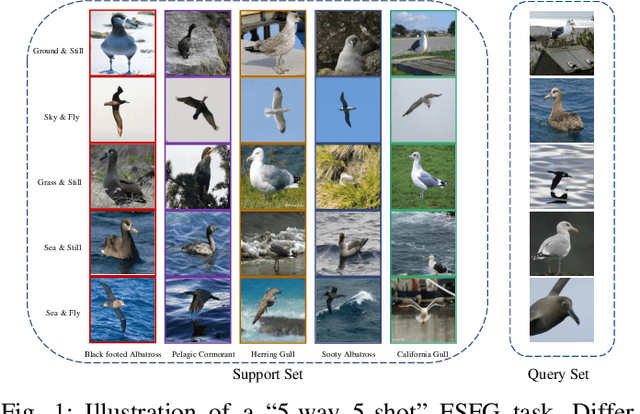
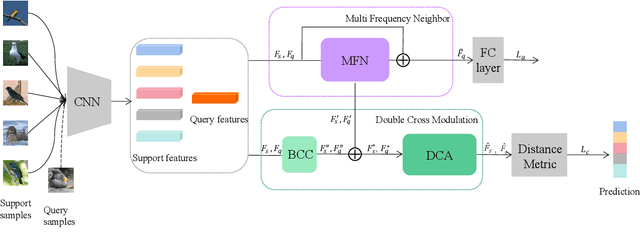
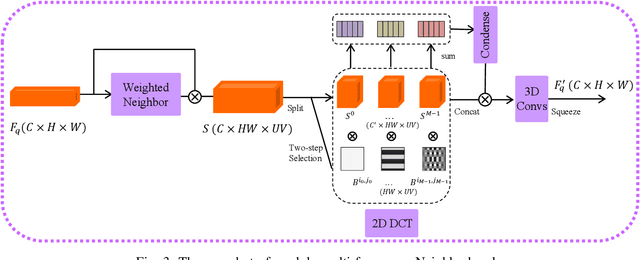
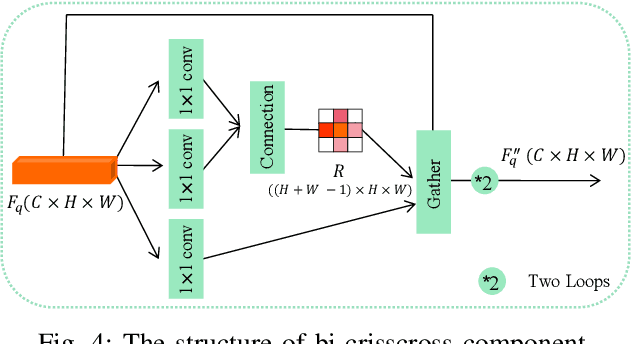
Abstract:Traditional fine-grained image classification typically relies on large-scale training samples with annotated ground-truth. However, some sub-categories may have few available samples in real-world applications. In this paper, we propose a novel few-shot fine-grained image classification network (FicNet) using multi-frequency Neighborhood (MFN) and double-cross modulation (DCM). Module MFN is adopted to capture the information in spatial domain and frequency domain. Then, the self-similarity and multi-frequency components are extracted to produce multi-frequency structural representation. DCM employs bi-crisscross component and double 3D cross-attention components to modulate the embedding process by considering global context information and subtle relationship between categories, respectively. The comprehensive experiments on three fine-grained benchmark datasets for two few-shot tasks verify that FicNet has excellent performance compared to the state-of-the-art methods. Especially, the experiments on two datasets, "Caltech-UCSD Birds" and "Stanford Cars", can obtain classification accuracy 93.17\% and 95.36\%, respectively. They are even higher than that the general fine-grained image classification methods can achieve.
Multi-Channel Deep Networks for Block-Based Image Compressive Sensing
Aug 28, 2019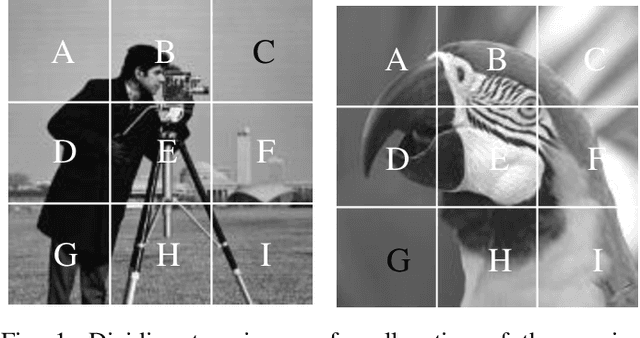

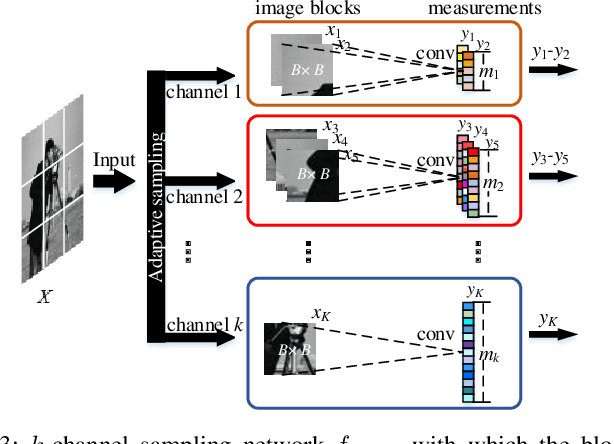
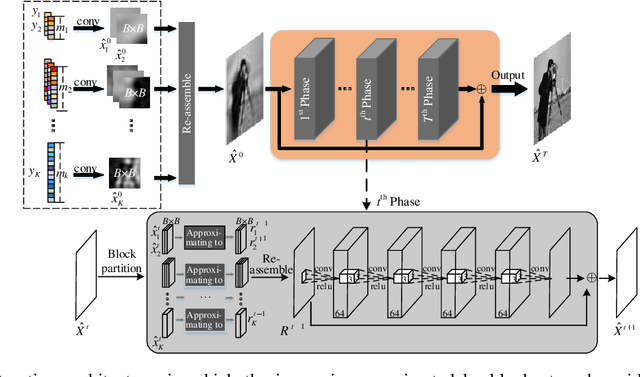
Abstract:Incorporating deep neural networks in image compressive sensing (CS) receives intensive attentions recently. As deep network approaches learn the inverse mapping directly from the CS measurements, a number of models have to be trained, each of which corresponds to a sampling rate. This may potentially degrade the performance of image CS, especially when multiple sampling rates are assigned to different blocks within an image. In this paper, we develop a multi-channel deep network for block-based image CS with performance significantly exceeding the current state-of-the-art methods. The significant performance improvement of the model is attributed to block-based sampling rates allocation and model-level removal of blocking artifacts. Specifically, the image blocks with a variety of sampling rates can be reconstructed in a single model by exploiting inter-block correlation. At the same time, the initially reconstructed blocks are reassembled into a full image to remove blocking artifacts within the network by unrolling a hand-designed block-based CS algorithm. Experimental results demonstrate that the proposed method outperforms the state-of-the-art CS methods by a large margin in terms of objective metrics, PSNR, SSIM, and subjective visual quality.
Chosen-Plaintext Cryptanalysis of a Clipped-Neural-Network-Based Chaotic Cipher
Dec 19, 2007

Abstract:In ISNN'04, a novel symmetric cipher was proposed, by combining a chaotic signal and a clipped neural network (CNN) for encryption. The present paper analyzes the security of this chaotic cipher against chosen-plaintext attacks, and points out that this cipher can be broken by a chosen-plaintext attack. Experimental analyses are given to support the feasibility of the proposed attack.
* LNCS style, 7 pages, 1 figure (6 sub-figures)
 Add to Chrome
Add to Chrome Add to Firefox
Add to Firefox Add to Edge
Add to Edge